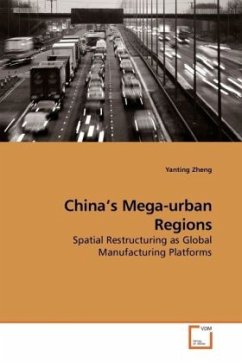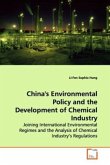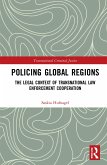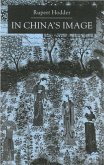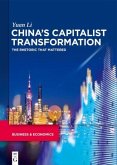Since 1978, China s mega urban regions (MURs) have experienced rapid urbanization and dramatic economic developments along with their integration with globalization. Although the role of economic globalization in the development of MURs has been well acknowledged, how it shapes their internal spatial structure is still unclear. Using the most reliable data from population census and remote sensing images, this book provides a detailed delineation of the temporal and spatial transformation of China s MURs in the 1990s, especially the Pearl River Delta and Yangze River Delta. The impacts of economic globalization on the spatial process are also testified by statistical analyses. It is found that the MURs in China were characterized by a centripetal dispersed regional concentration, and they were mainly shaped by Foreign Direct Investment (FDI) concentration. This analysis should help shed light on the FDI-driven spatial restructuring of MURs, which can serve as scientific basis of decision-making for the investors, planners and policy makers. It should also be useful for professionals in Urban Geography, Regional Geography, and Regional Economy fields.
Bitte wählen Sie Ihr Anliegen aus.
Rechnungen
Retourenschein anfordern
Bestellstatus
Storno

